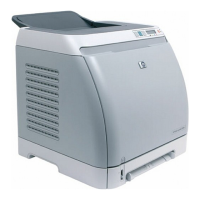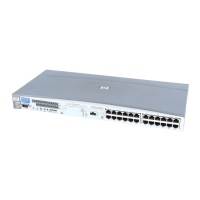• Setup a backup specification for the client on the Data Protector Cell Manager.
It should include all the discs (with disc discovery) and include the pre- and
post-exec scripts.
• Execute this backup procedure and repeat it on a regular basis, or at least at
every major system configuration change, especially any change in the logical
volume structure (for example, using LVM on HP-UX).
Recovery
This section describes how to restore a system to the state when the backup was
done. You will need the following to successfully perform a Disk Delivery Disaster
Recovery:
• A new hard disk to replace your affected disk.
• An auxiliary disk containing the relevant operating system and the Data Protector
agents.
• A successful full backup of the client that you want to recover.
The following steps need to be performed:
1. Replace the faulty disk with a new disk of comparable size.
2. Attach the auxiliary disk (which contains the relevant operating system and the
Data Protector client) to the system and make it the boot device.
3. Boot from the auxiliary operating system.
4. Reconstruct the logical volume structure if applicable (for example, using LVM
on HP-UX). Use the saved data for the non-root volume groups (for example,
with vgcfgrestore or SAM on HP-UX).
5. Additionally, the root volume group to be restored has to be created on the
repaired disk (for example, using vgimport on HP-UX). It will not look like a
root volume group during the restore process. This is because the OS from the
auxiliary disk will be running. For more information on vgimport, see its man
page.
6. Make the new disk bootable.
7. Reconstruct any other storage structures like mirror, striping, service guard, and
so on from the data saved on a secondary storage device during backup.
8. Create the filesystems and mount them as required by the data from the backup;
use similar but not the original mountpoint names (like /etc_restore for /etc,
and so on).
9. Remove any files in the mountpoints to be restored, they must be clean.
Disaster recovery for UNIX128
